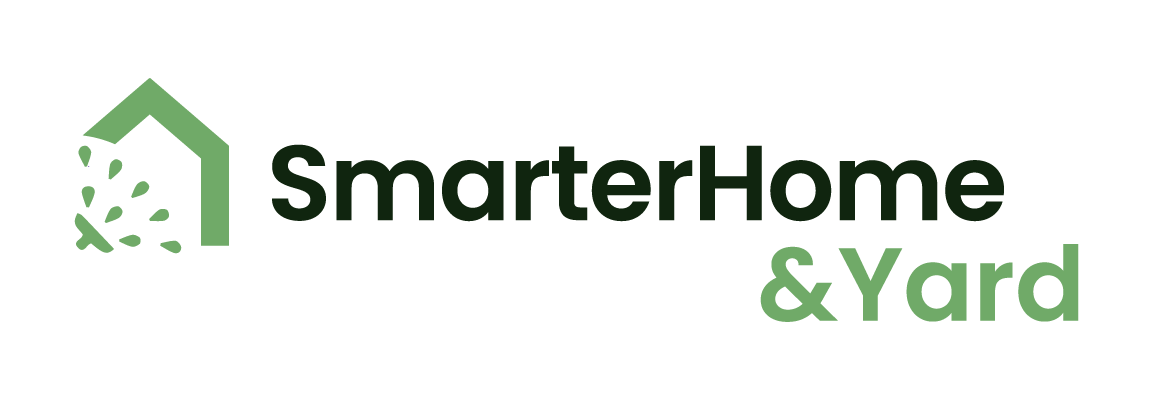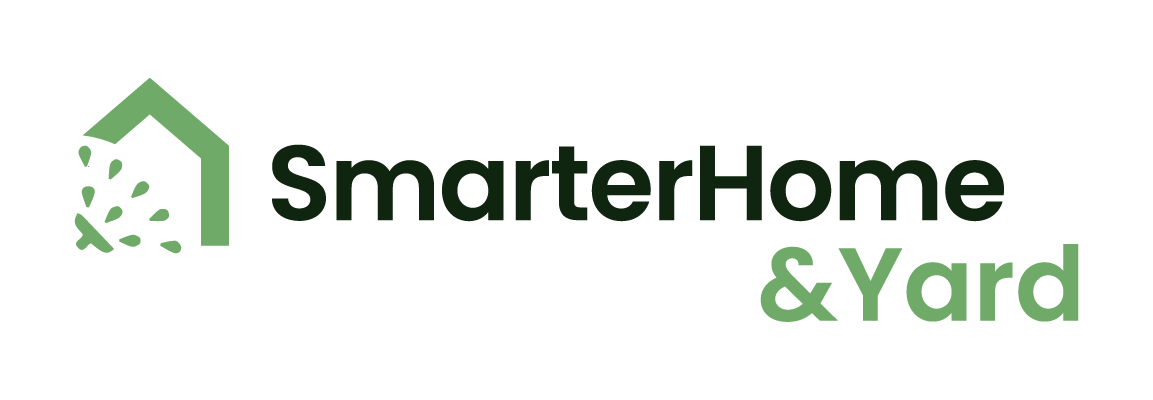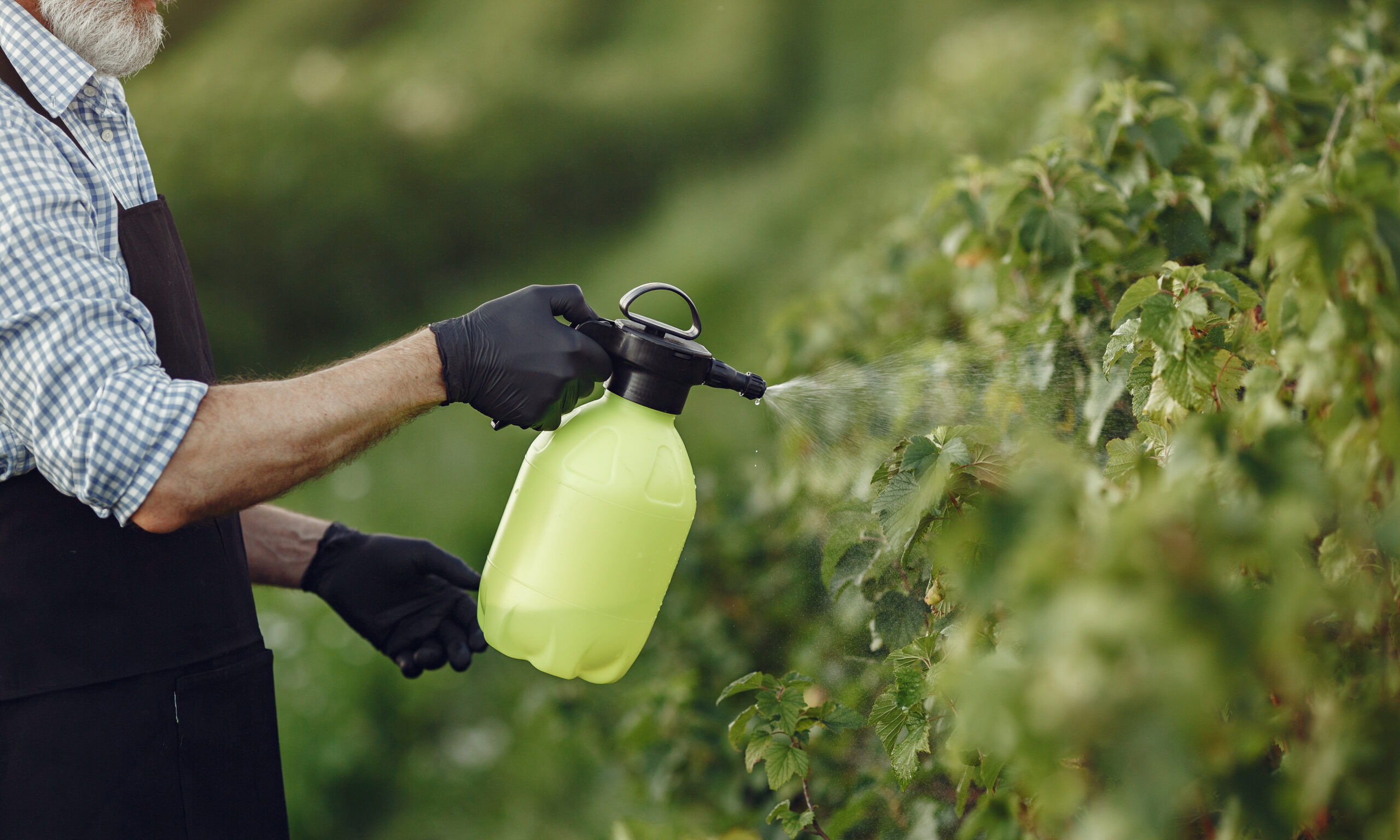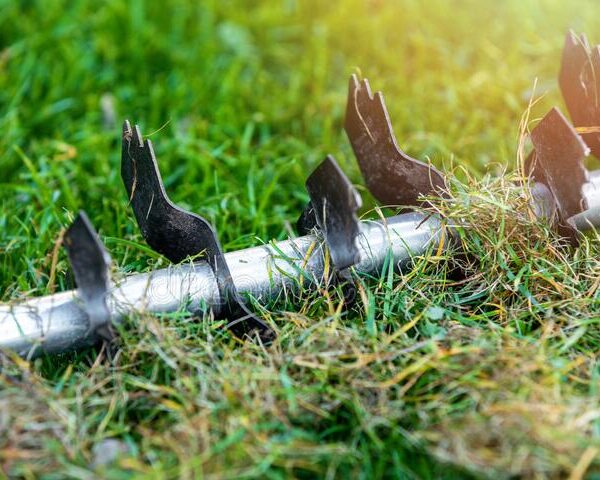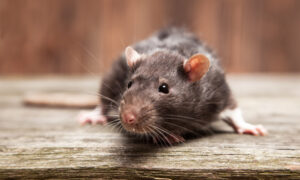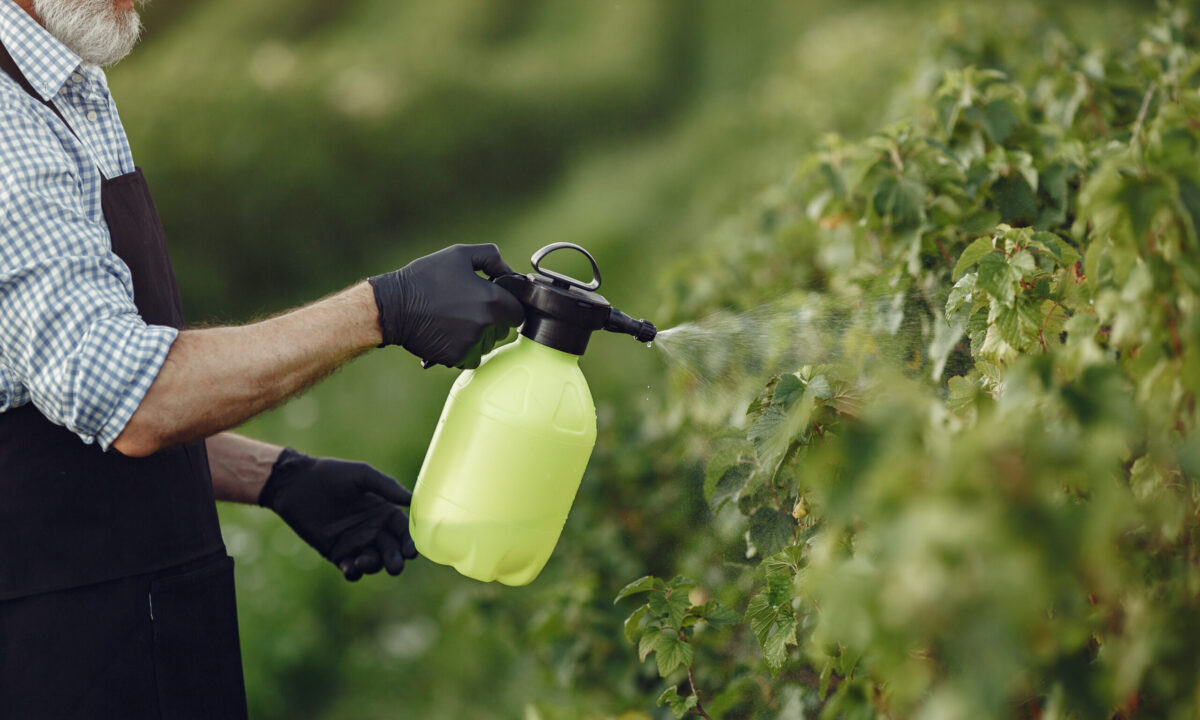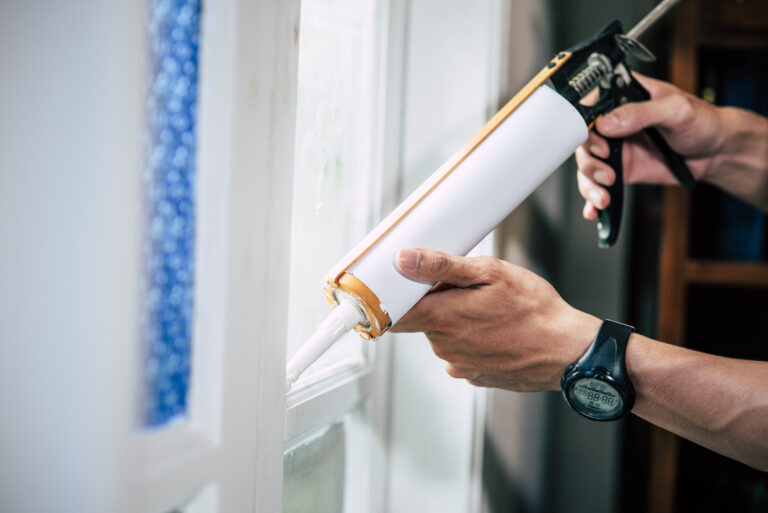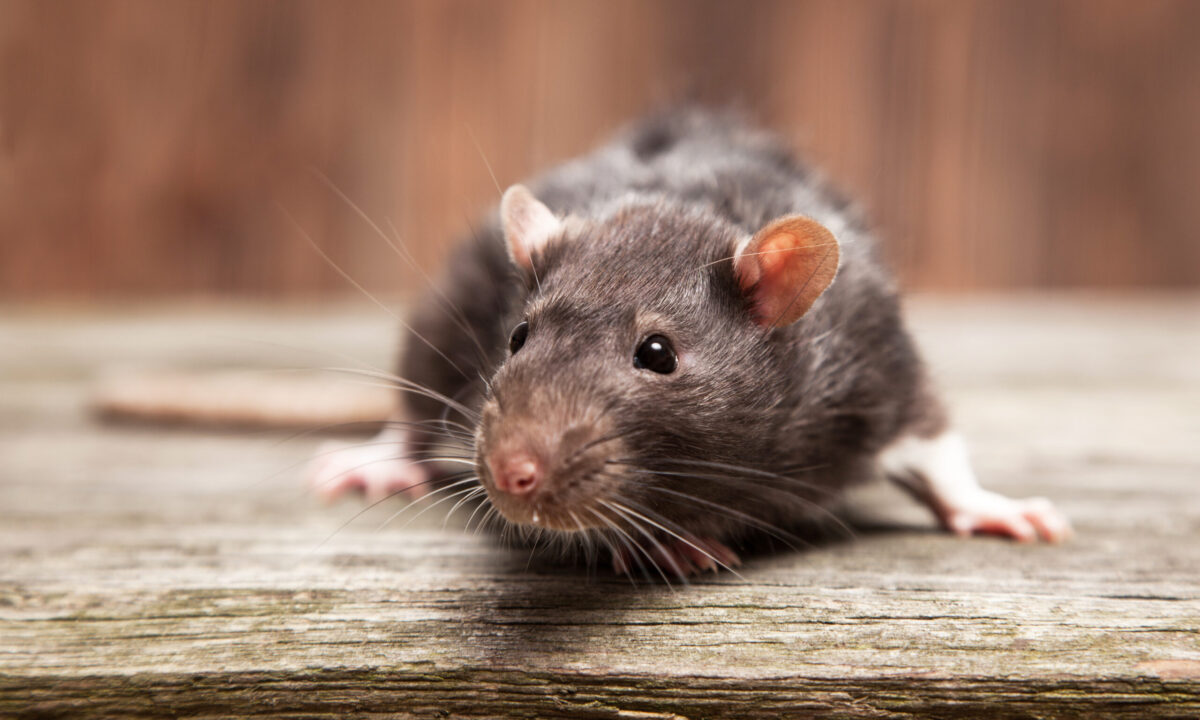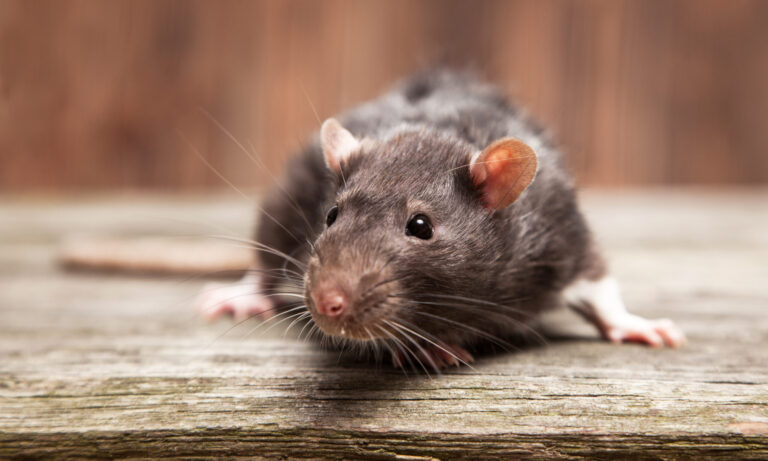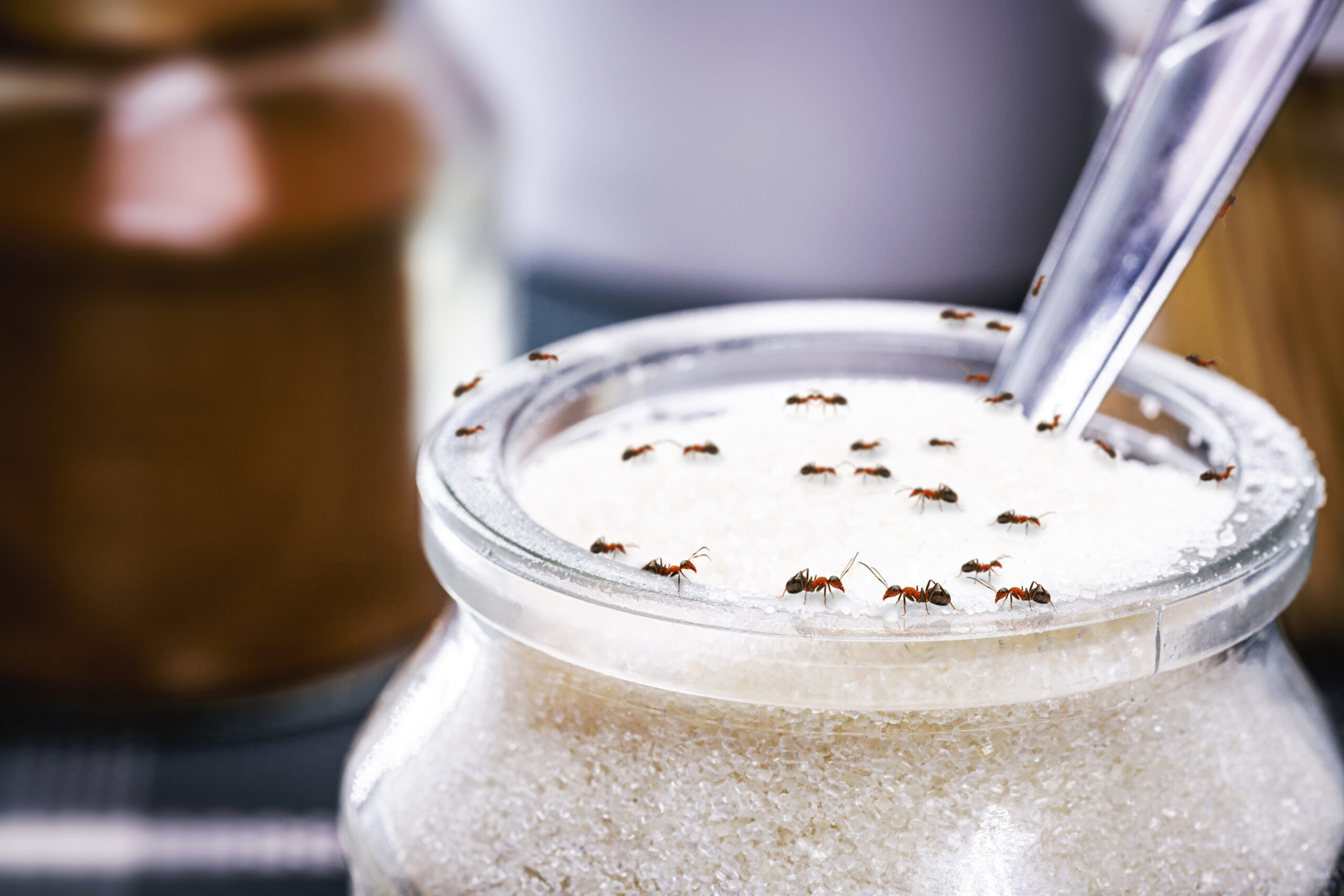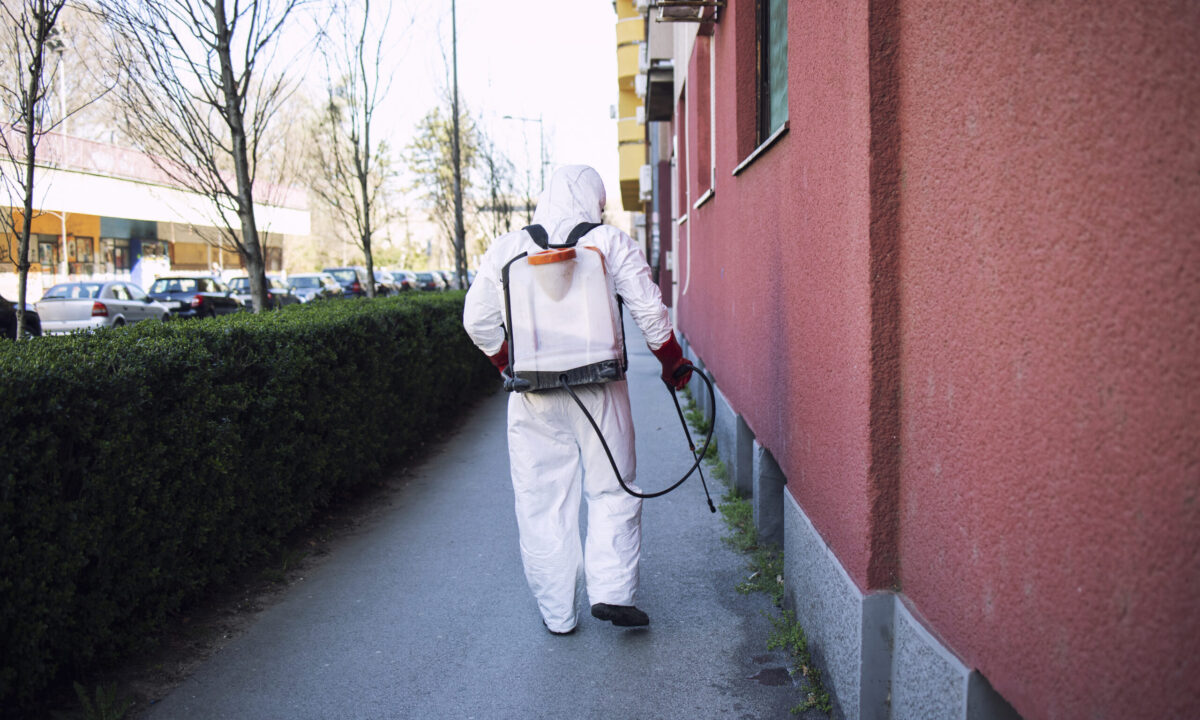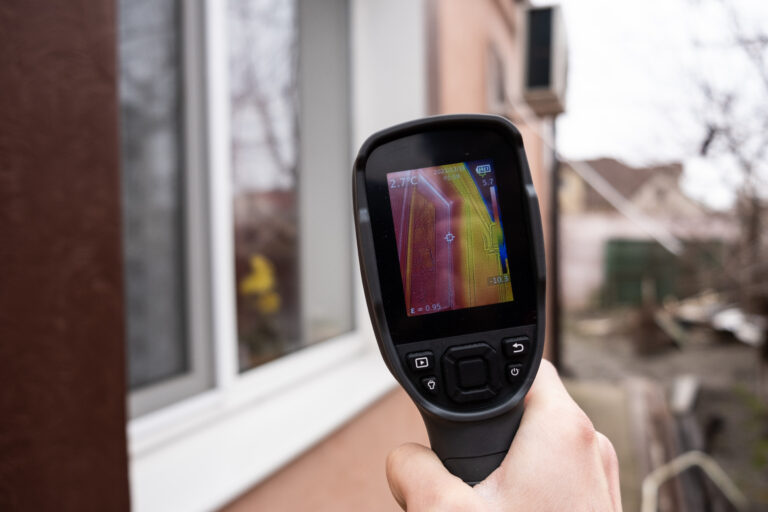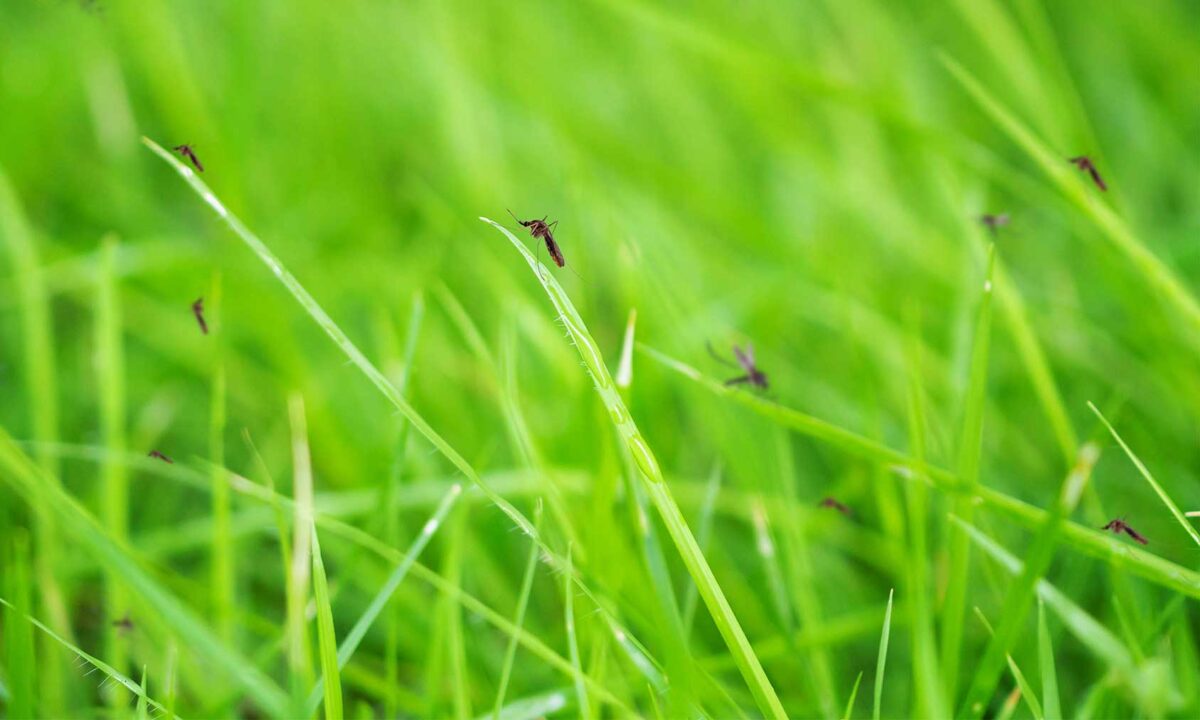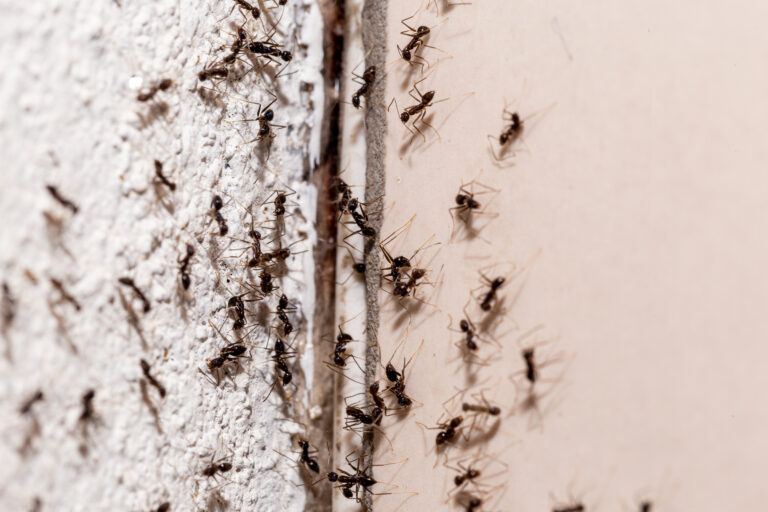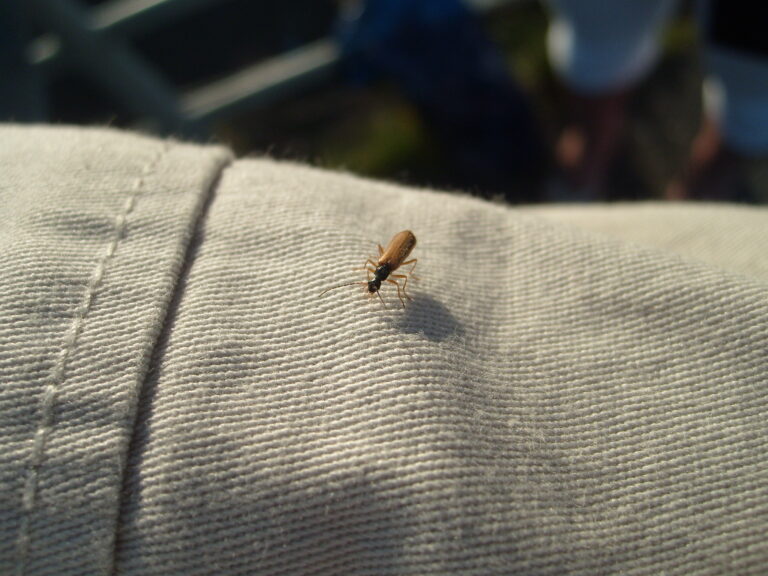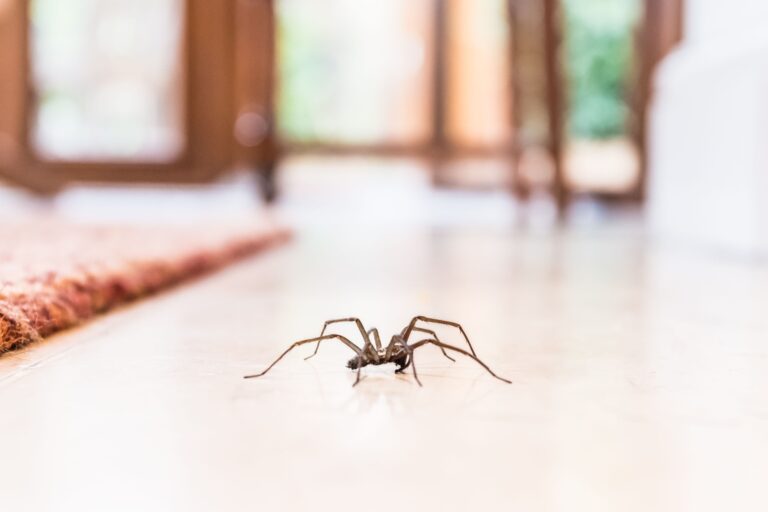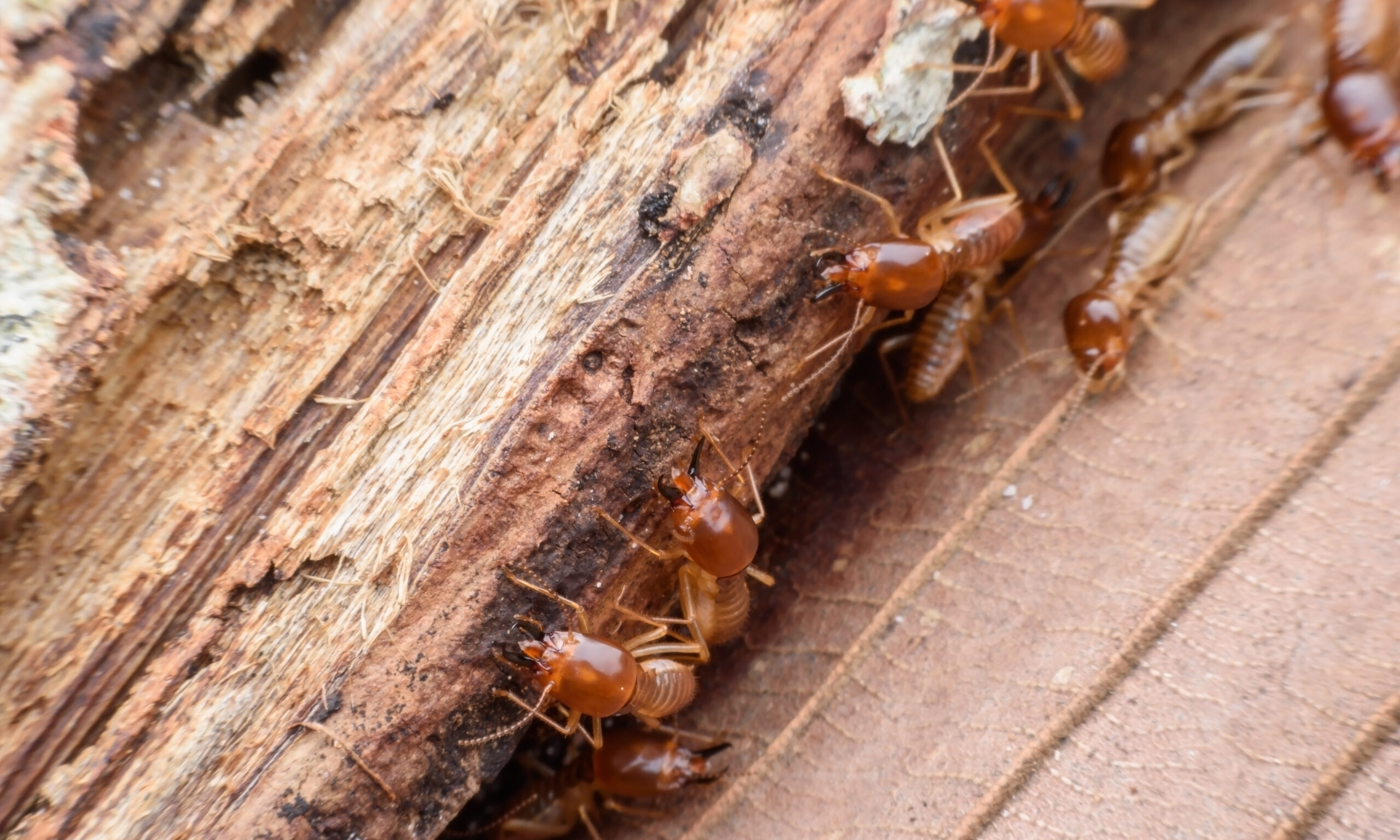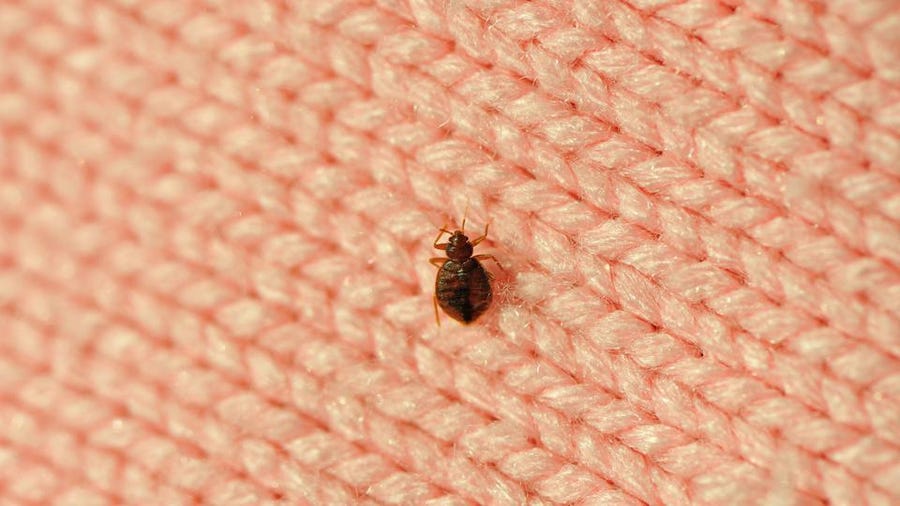The Benefits of Fertilizing Your Lawn and Yard Regularly
Sarah Fitzgerald
on
2023-04-22
The Benefits of Fertilizing Your Lawn and Yard Regularly
Maintaining a lush, green lawn can be quite a challenge. There are a variety of factors that can affect the health and appearance of your grass, and some of the most important come with the benefits of fertilizing your lawn and yard. Regular fertilization can provide a range of benefits to your lawn, including improved health and appearance, increased disease resistance, and reduced weeds.
Fall in love with your lawn again with the help of our recommended professional lawn care services.

TruGreen is America’s #1 lawn company. TruGreen provides tailored solutions and a team of professionally trained experts to provide homeowners with a healthier, greener lawn. From basic weed control and fertilization to total yard care, TruGreen has a plan for every lawn.
1. Keeps Your Yard Healthy and Beautiful
Fertilizer provides your grass with the essential nutrients it needs to stay healthy and green. Without these nutrients, your grass may become weak, stunted, and discolored. Regular fertilization helps ensure your grass has the nutrients it needs to stay strong and look its best.
2. Improves your Yard’s Ability to Resist Disease
Fertilizer can also help your lawn become more resistant to disease. Another one of the benefits of fertilizing your lawn is that it can help protect it from a variety of diseases, including brown patch, Pythium blight, dollar spot, leaf spot, and others by improving your lawn’s overall health. Healthy grass is better able to withstand disease and pests, which can be a major problem for lawns that are not properly fertilized.
3. Reduces Weeds
Fertilizer can also help reduce the number of weeds in your lawn. Fertilizer helps your lawn to grow thick and healthy, which in turn helps to prevent weeds from taking over. Fertilizer provides essential nutrients to the grass and helps it to grow stronger and more vigorously. As the grass becomes thicker and more lush, it’s able to compete with weeds for resources like sunlight and water, making it more difficult for the weeds to spread and take over your lawn. Weeds are often an indication of soil that is low in nutrients, and another one of the benefits of fertilizing your lawn is that it will help make it less hospitable to weed growth.

Fertilizer Options
- Organic Fertilizers: Organic fertilizers are made from naturally-derived materials such as compost, manure, bone meal, and seaweed extract. They provide a slow release of nutrients over time, and are generally safer for the environment than synthetic fertilizers.
- Synthetic Fertilizers: Synthetic fertilizers provide an immediate boost of nutrients, but can be hazardous for the environment if used in excess.
- Compost: Compost is an organic material made from decomposed organic materials such as leaves, grass clippings, food scraps, and other yard waste. It can be used to supplement a fertilizer program, or used as a stand-alone solution.
- Liquid Fertilizers: Liquid fertilizers are easy to apply, and can be used as a supplement to other fertilizers or as a stand-alone solution.
- Soil Amendments: Soil amendments can be used to improve soil structure and fertility. Common amendments include compost, manure, lime, and gypsum.
Working with a Lawn Care Company to Fertilize Your Yard
Because of the potential difficulty in determining the proper application rates and timing and lack of expertise in identifying lawn problems, working with a professional lawn care service can protect your yard and save you time and energy.
A lawn care specialist can analyze your soil and determine the best type of fertilizer to use and will have the knowledge of proper application rates and timing to maximize the benefits. In addition, professional lawn care service providers have access to a variety of fertilizers, including organic and synthetic options.
A professional company like TruGreen offers full service lawn care including fertilization and soil amendment to give you the lawn and yard of your dreams.
Overall, the benefits of fertilizing your lawn will keep it healthy and looking its best. If you’re looking to achieve a lush, green lawn, regular fertilization should be part of your regular maintenance routine.
Find lawn care experts near you.
Fall in love with your lawn again with the help of our recommended professional lawn care services.

The Benefits of Fertilizing Your Lawn and Yard Regularly
Maintaining a lush, green lawn can be quite a challenge. There are a variety of factors that can affect the health and appearance of your

7 Benefits of Lawn Aeration
If you’re a homeowner, you know how important it is to keep your lawn healthy and looking its best. Aeration is a key part of
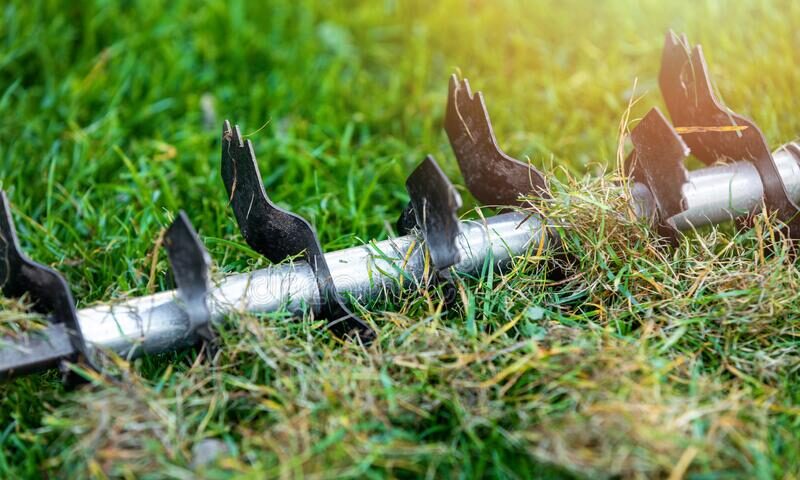
Why April is the Best Time to Aerate Your Lawn
Spring is here and while April showers will bring May flowers, there are some actions you can take to help your yard bloom this year. Lawn
